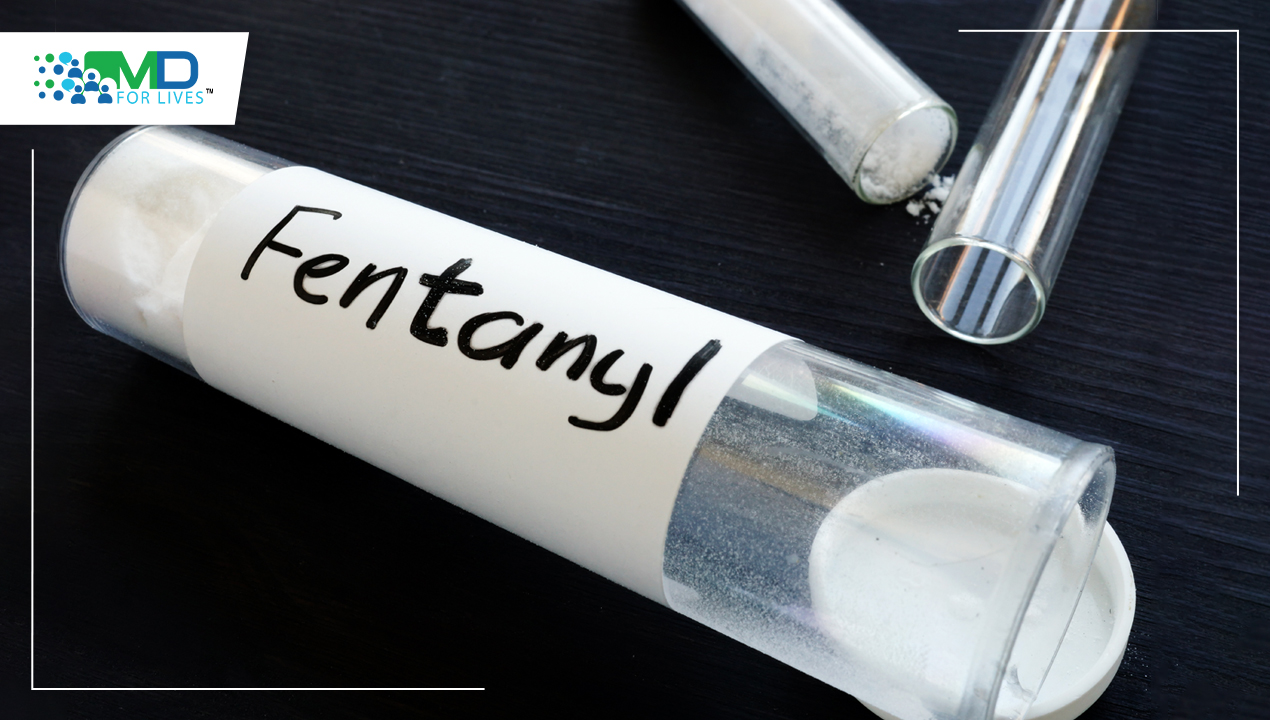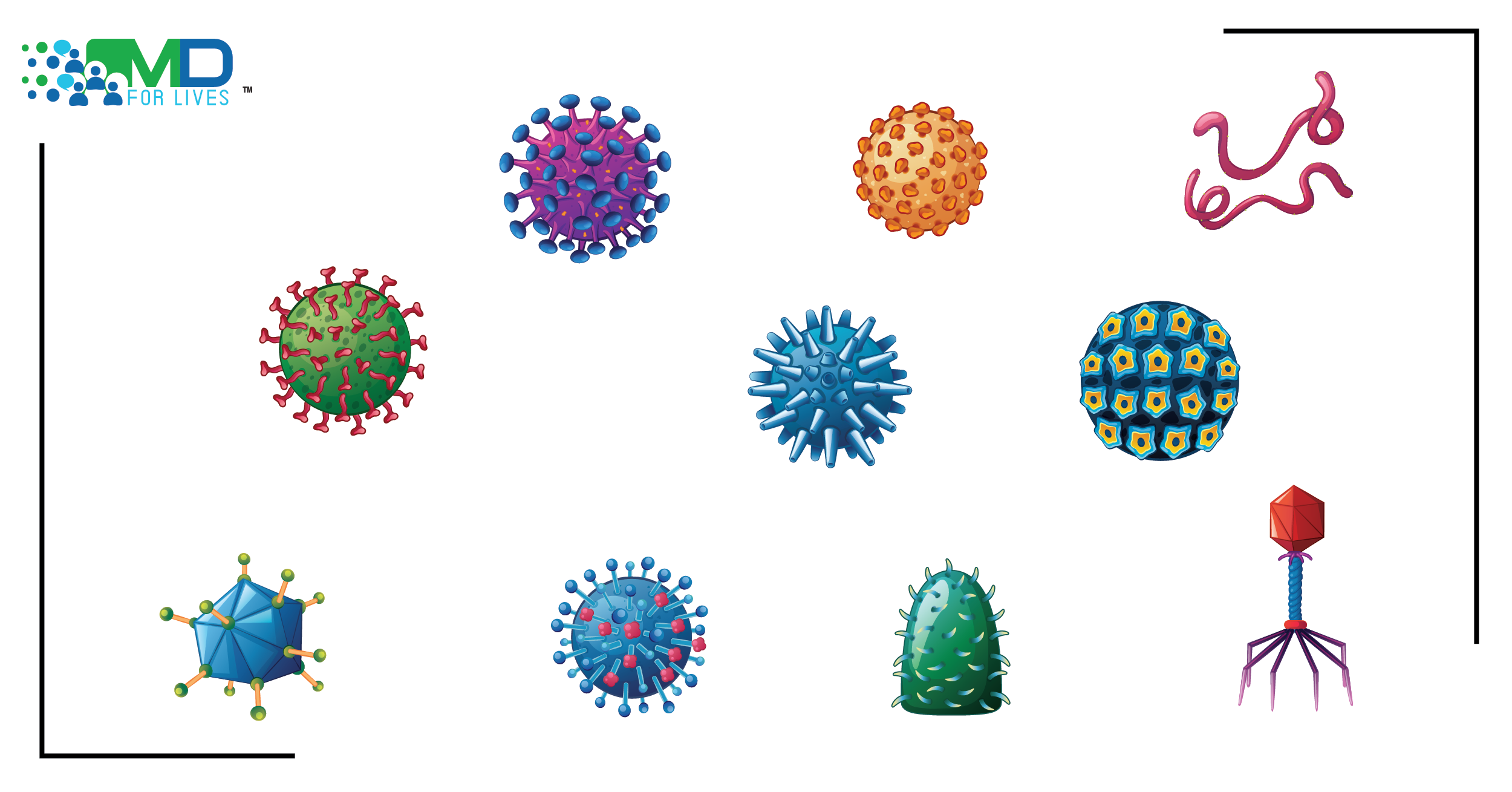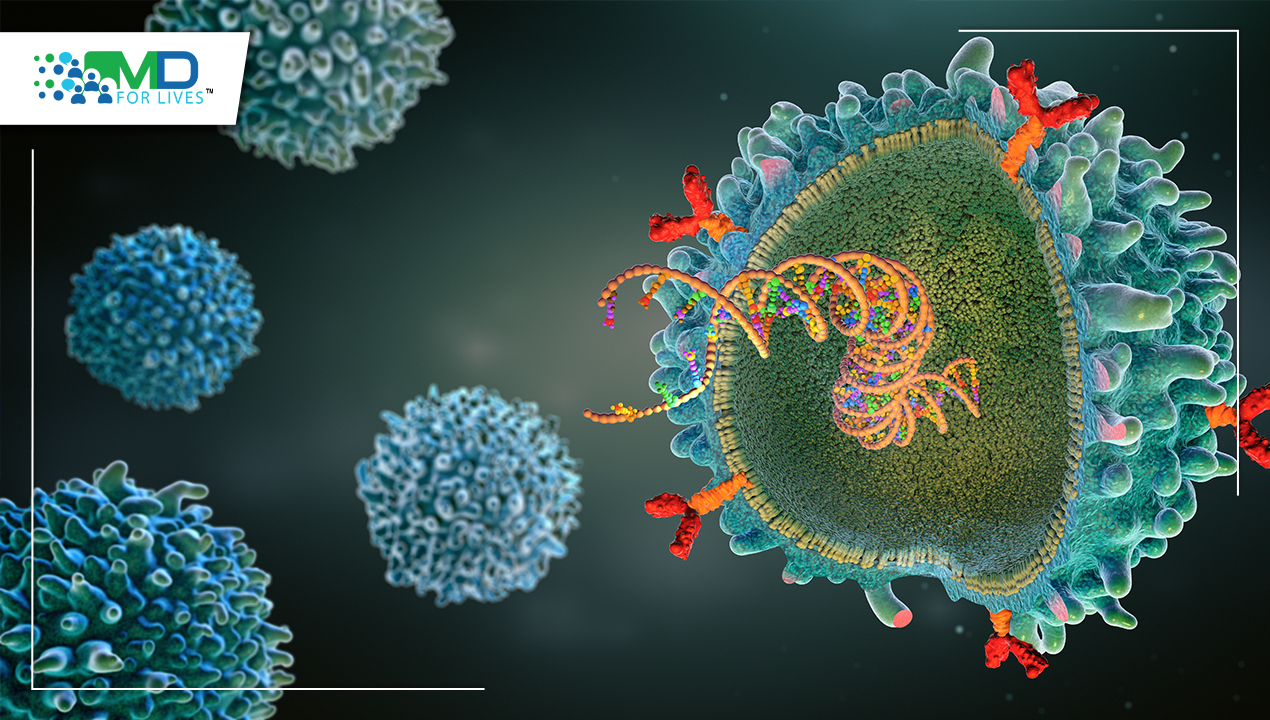Fentanyl is a highly potent synthetic opioid that is identical to morphine. The Food and Drug Administration has approved it for use as an analgesic (pain reliever) and anesthetic. As an analgesic, it is approximately 100 times stronger than morphine and 50 times stronger than heroin. Injections of fentanyl are used to treat extreme pain during and after surgery. It may also be taken along with other medications right before or during surgery to enhance the effectiveness of the anesthetic (a numbing agent).
Types of Fentanyl:
Fentanyl is classified into two types: pharmaceutical fentanyl and illicitly manufactured fentanyl. Both are classified as synthetic opioids.
Pharmaceutical Fentanyl: Doctors prescribe pharmaceutical fentanyl to treat severe pain, particularly after surgery and in advanced-stage cancer.
Illicitly manufactured Fentanyl: On the drug market, illicitly manufactured fentanyl (IMF) comes in liquid and powder forms, among others. Illicit drugs such as heroin, cocaine, and methamphetamine are often mixed with it to produce tablets that resemble other prescription opioids. Due to its extreme potency, it is frequently combined with other drugs, making them more potent, addictive and dangerous. The opioid epidemic statistics shows that the majority of recent fentanyl overdose cases have been linked to illegally produced fentanyl.
Fentanyl Overdose
When a drug causes severe side effects and life-threatening symptoms, an overdose occurs. The breathing of fentanyl overdose victims may cease entirely. This may result in hypoxia, a condition where there is a reduction in the amount of oxygen reaching the brain. Hypoxia can cause permanent brain damage, death and coma. Overdose or death can occur with as little as two milligrams. Fentanyl is highly potent and has the potential to cause addiction.
Vaccine for Fentanyl
Fentanyl functions by attaching to the body’s opioid receptors, which are located in regions of the brain that regulate pain and emotions, just like heroin, morphine and other opioid drugs. The brain becomes less sensitive to opioids after repeated use, making it difficult to experience pleasure from sources other than the drug.
There are no side effects if the drug does not enter the brain. Similarly, there are no pleasurable or deadly consequences associated with it.
Methadone, buprenorphine and naltrexone are some of the medications currently used to treat opioid use disorder. The type of opioid, drug formulation, patient compliance and accessibility to the medications are just a few of the many variables that affect how well these medications work.
Naloxone, a short-acting antagonist that binds to opioid receptors and reverses the effects of opioid drugs, is used to treat fentanyl overdoses.
However, fentanyl use and overdose is a particular therapeutic challenge that is not properly dealt with current treatments due to its pharmacodynamics, and managing acute overdose with short-acting naloxone is ineffective because multiple doses of naloxone are frequently required to reverse the fatal effects of fentanyl.
There is a need for immunotherapies that can prevent fentanyl from entering the brain in order to overcome treatment obstacles. A preclinical study conducted on mice shows that the development of a fentanyl vaccine is feasible.
A research team led by the University of Houston has created a vaccine that could prevent the harmful synthetic opioid fentanyl from entering the brain. They looked at a fentanyl-like substance linked to CRM197, a carrier protein found in a number of FDA-approved conjugate vaccines, to create an anti-fentanyl conjugate vaccine. dmLT, an adjuvant used in other vaccines, is then added to the fentanyl-CRM conjugate.
The vaccine can produce anti-fentanyl antibodies, which bind to consumed fentanyl and prevent it from entering the brain, allowing it to be eliminated from the body through the kidneys. As a result, the individual will not experience the euphoric effects that cause the feeling of elevation that users seek.
According to the preclinical research, the following were the outcomes:
- In rats, the vaccine successfully produced antibodies against fentanyl.
- The vaccine also prevented one of fentanyl’s effects: pain relief.
- When fentanyl was administered 20 weeks after the first anti-fentanyl vaccination of rats, vaccinated rats had lower fentanyl levels in their brains than unvaccinated rats.
- It prevented heart rate, activity and oxygen saturation declines brought on by fentanyl
- The anti-fentanyl antibodies did not cross-react with other opioids, such as morphine, and were only directed against fentanyl and a fentanyl derivative. That implies that a person who has received the vaccine can still receive other opioids for pain relief.
- The vaccine had no negative side effects on the immunized lab rats.
The ground-breaking discovery may significantly affect the nation’s opioid epidemic and mental health by serving as a relapse prevention tool. He created the vaccine for those who are addicted to the drug and want to stop using it, though it may also protect those who are unintentionally exposed to it. These individuals end up in rehabilitation centers as an attempt to prevent themselves from experiencing a relapse.
Toxicology tests on the vaccine are still required, after which the FDA must approve any human trials. The three-dose shots could be available in three to four years if everything goes as planned. The risk of adverse events to humans is probably low because dmLT and CRM are both used in currently available vaccines that have been given approval for use.
If fruitful on people, this vaccine for fentanyl may be able to aid those battling opioid use disorder because it stops fentanyl from entering the brain and producing euphoric effects.
References:
- Fentanyl Vaccine Potential “Game Changer” for Opioid Epidemic. stories.uh.edu. Accessed May 9, 2023. https://stories.uh.edu/2022-fentanyl-gov/index.html#:~:text=A%20research%20team%20led%20by
- Ramakrishnan A. Scientists create fentanyl vaccine to combat opioid epidemic. medicalxpress.com. Accessed May 9, 2023. https://medicalxpress.com/news/2023-02-scientists-fentanyl-vaccine-combat-opioid.html
- Fentanyl vaccine: Could it be a turning point in the opioid pandemic? MDLinx. Accessed May 9, 2023. https://www.mdlinx.com/article/fentanyl-vaccine-could-it-be-a-turning-point-in-the-opioid-pandemic/76FKQ5esD0bzC4kyxsGILw
- Abuse NI on D. Fentanyl DrugFacts. National Institute on Drug Abuse. Published June 1, 2021. https://nida.nih.gov/publications/drugfacts/fentanyl#:~:text=When%20people%20overdose%20on%20fentanyl
- Centers for Disease Control and Prevention. Fentanyl Facts. www.cdc.gov. Published September 20, 2021. https://www.cdc.gov/stopoverdose/fentanyl/index.html
- Fentanyl DrugFacts. National Institute on Drug Abuse. Published June 1, 2021. https://nida.nih.gov/publications/drugfacts/fentanyl
- National Library of Medicine. Fentanyl: MedlinePlus Drug Information. Medlineplus.gov. Published 2018. https://medlineplus.gov/druginfo/meds/a605043.html

MDForLives is a vibrant community of healthcare professionals and patients dedicated to shaping the future of healthcare. We provide valuable global insights to healthcare companies through online surveys, interviews, and discussion forums.






